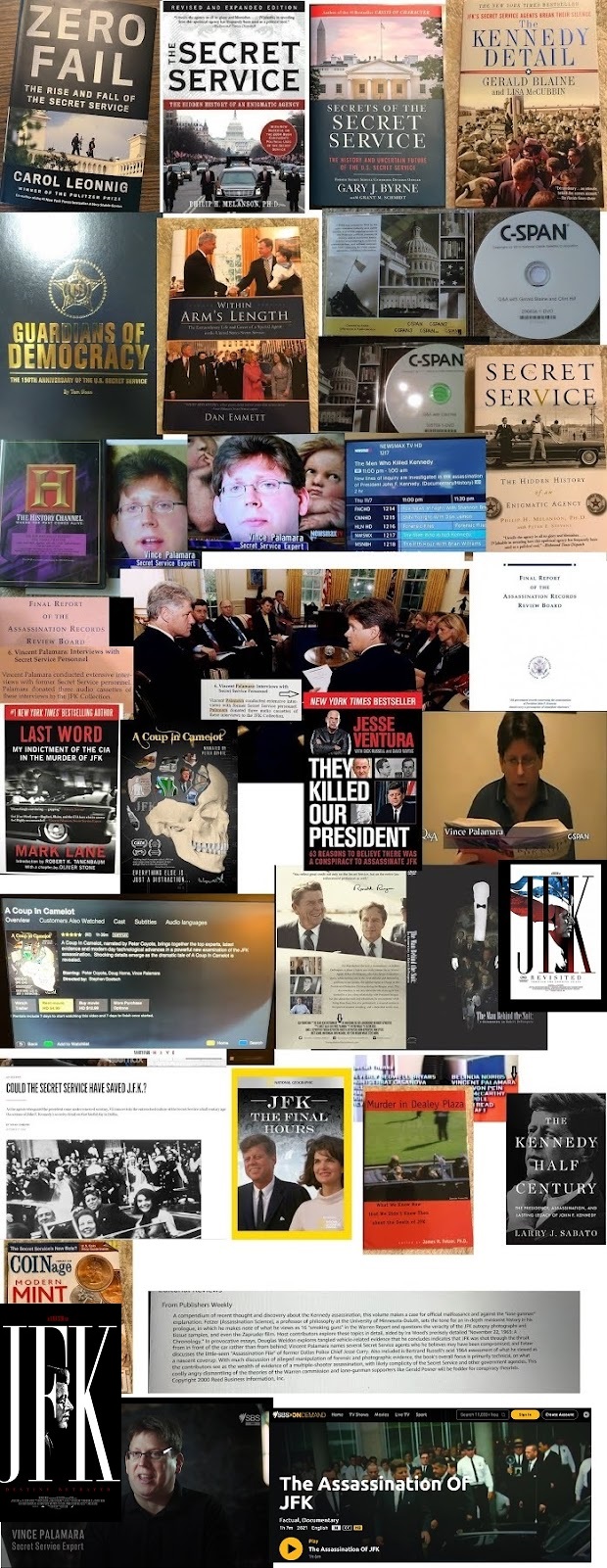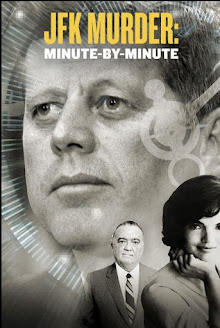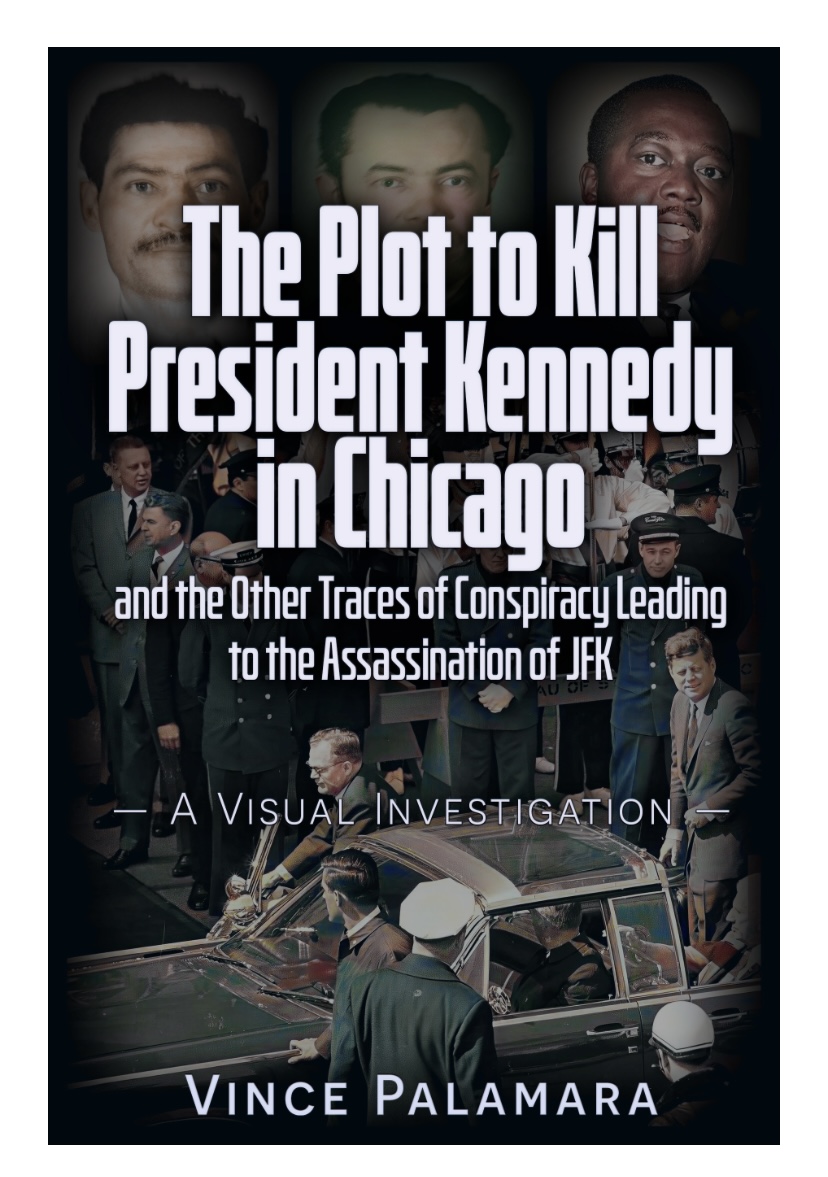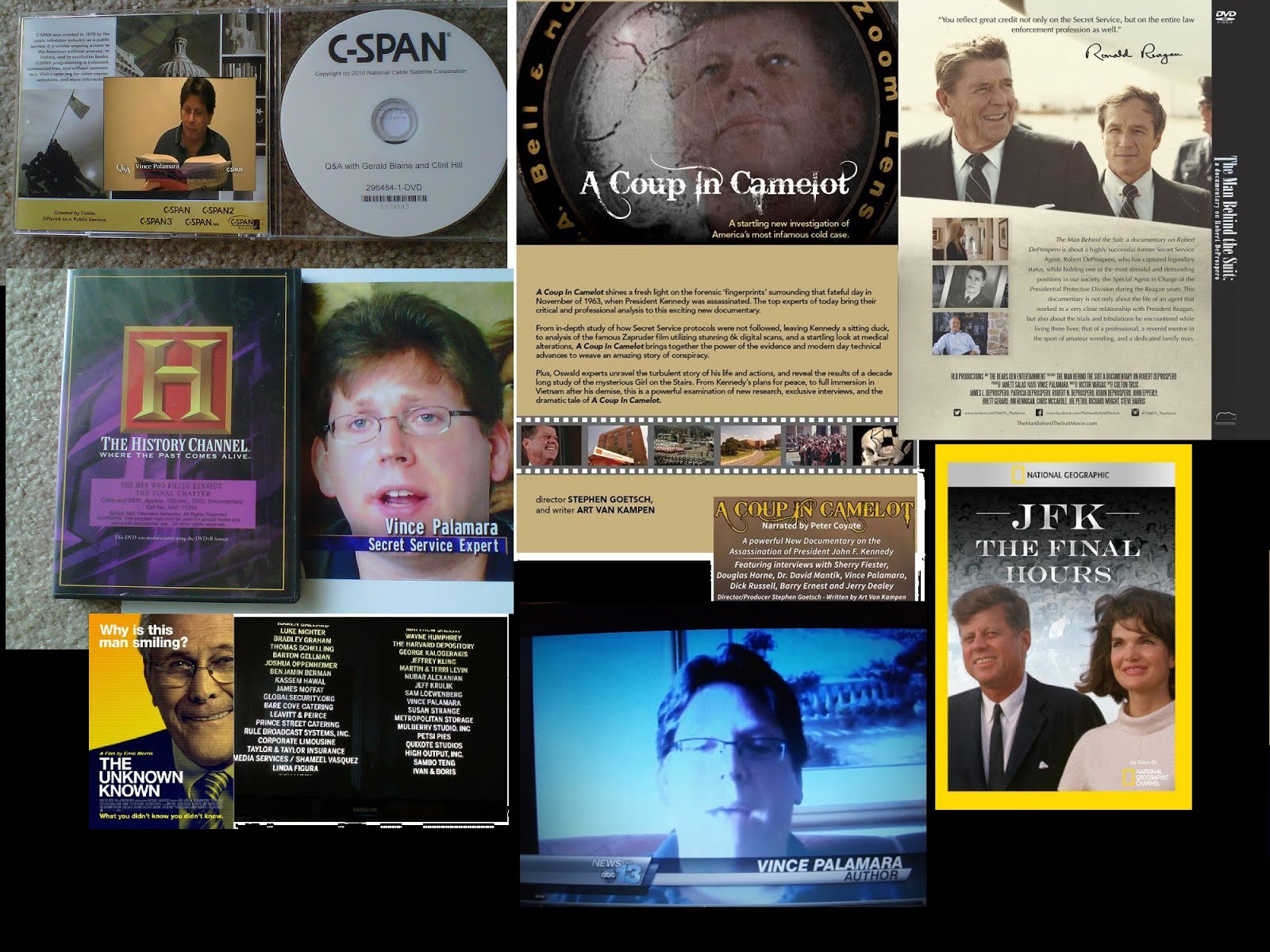CIA Director told RFK “there were two people involved in the shooting.”
In Dallas on the night of the assassination, one copy of the Zapruder film of the assassination of President Kennedy was hand delivered to the Grand Prarie Naval Air Station where a jet pilot flew it to Washington D.C.
The film was taken to Secret Service headquarters and it was reviewed, but since the Secret Service wasn’t in the business of analyzing films, two Secret Service agents took the film to the National Photo Interpretation Center (NPIC) at the Navy Yard where it was turned over to Dino Brugioni. Brugioni’s team analyzed it and made still blow ups of select individual frames that were mounted on briefing boards. They worked on the film throughout the night and in the morning the director of the NPIC, Art Lundal, took the briefing boards to the CIA Headquarters.
Lundal’s October 1962 briefing to JFK on U2 photo evidence of Soviet missiles in Cuba set off the Cuban Missile Crisis. Kennedy was so impressed with Lundal’s briefing he sent Lundal to London and Paris to brief the US Ambasador (David Bruce), the Prime Minister and DeGaul. The content of Lundal’s briefing to CIA director John McCone is unkown, but it ostensibly was based on the NPIC analysis of the Zapruder film and the reports of the Secret Service agents who witnessed the assassination.
But when McCone went to the White House to brief the President, not only on the assassination but on international affairs, he found LBJ in the basement Situation Room monitoring reports from Dallas. When LBJ saw McCone, he waved him off, he didn’t need to know anything the CIA had to say about the assassination or anything else.
Brugioni wrote: "McCone found Lyndon Johnson colorless and crude in intelligence matters and, as president, clumsy and heavy-handed in international affairs. Instead of personally carefully considering prepared intelligence memorandums on intelligence matters, he preferred to be briefed by trusted advisors. Increasingly, the president sought intelligence information almost exclusively from Secretary McNamara and the Defense Department. McCone's advice simply was no longer actively sought by the president. His role diminished, his influence faded, and the ready access he had enjoyed during the Kennedy administration became very limited…"
While LBJ wasn’t interested in what the CIA had to say about the assassination, Robert F. Kennedy was interested, and a few weeks later, on December 9, RFK crossed paths with Arthur M. Schlesinger, Jr., a close aide and advisor to President Kennedy. When Kennedy’s casket was moved from the White House to the Capitol for the state funeral, RFK asked Schlesinger if the casket should be opened or closed. Schlesinger looked at the dead president’s lifeless body and waxed face and said it should be closed, and RFK agreed.
When they met on December 9th, Schlesinger asked RFK what he thought about the assassination, and in his journal Schlesinger wrote: “I asked him, perhaps tactlessly about Oswald. He said there could be no serious doubt that he was guilty, but there still was argument whether he did it by himself or as a part of a larger plot, whether organized by Castro or by gangsters. He said the FBI people thought he had done it by himself, but that McCone thought there were two people involved in the shooting.” (published in 2007 as Journals 1952-2000 (Penguin Press, Diary entry December 9, 1963 page 184),
That the Director of the CIA would tell the Attorney General he thought “there were two people involved in the shooting,” was not just a belief or an opinion, but was a determination based on the NPIC analysis of the Zapruder film and the reports of the Secret Service agents that witnessed the assassination who said that the President and Governor Connally were hit by separate shots, which indicated there was more than one gunman.
Subscribe to:
Post Comments (Atom)










































![VINCE PALAMARA [remember to scroll all the way down!]](https://blogger.googleusercontent.com/img/b/R29vZ2xl/AVvXsEjSZ-Z_puqnjl3UgdiJxBenMyIMaFhmBD-PYQUsxCtFS4UF7dJQB6n32rt9a0ZqFRPmuBoukhrMZxv6LOD9GoUGPiaShO3wj_8xL98obRAsUbIf0mXutzbq7jKDrCp8Y-Y0k9rnS5ARjQQ/s1600/11.jpg)


![CHAPTER 8 OF ARRB FINAL REPORT [I AM IN THIS REPORT, AS WELL]...HMMM---THE SECRET SERVICE DESTROYS](https://blogger.googleusercontent.com/img/b/R29vZ2xl/AVvXsEimGbOuG69gW-cgAbsfjd8p8PD-subznIjcsQXUSFq560o_kiXunf9TcH0fkOqmWuK73id6m5TyVMhWcfBrPUEee6JLbvqNZKdIVQa5Drcz568Ue6GZdf_PUtLuLwPDcucv3gOn5KGBZPw/s1600/DSCF0462.JPG)




No comments:
Post a Comment